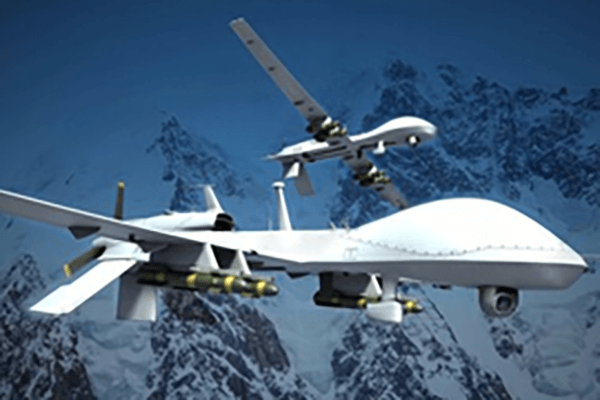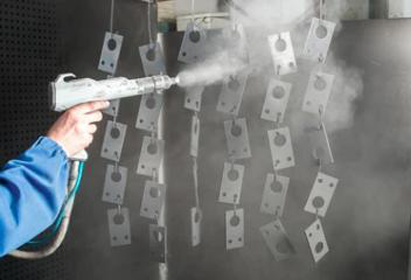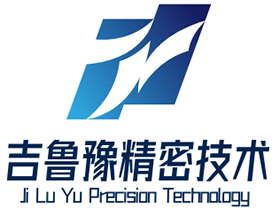
Producing the required exterior polish for a processed workpiece is vital.
- Blueprint callouts define exact texture requirements for manufactured pieces
- Surface notes typically employ Ra—arithmetic mean deviation—when specifying roughness
- Knowing how to read finish callouts is critical for meeting performance goals
- Prescribed surface characteristics govern lubrication, abrasion, and longevity
- It is essential to interpret the specific callout to achieve the desired outcome
CNC Machining: Precision Engineering Defined

CNC machining represents a game-changing method in production via numerical control software the system carves sophisticated geometries with precision.
- Computer-driven machining creates reliable parts from assorted materials
- Adaptable CNC processes fit the demands of aerospace, automotive, and medical markets
- Machine-controlled machining secures stable repeatability for production lots
From small prototypes to large-volume runs CNC machining performs a central function in today's manufacturing landscape
CNC Specs Explained
Grasping machine spec language may feel tough at first
Still a modest foundation of know-how combined with structure allows navigating specs
Set out by finding key metrics: spindle speed, feed settings, positional accuracy, work envelope, controller
Every spec plays a role in determining machine performance.
For example a higher spindle speed is suitable for softer materials while a faster feed rate is essential for increased production.
Grasping those connections helps choose machinery aligned with your needs
Always examine producer technical literature in detail.
Manufacturer docs typically supply key details and decode technical phrasing
Complete Overview of CNC Equipment
Computer-operated machining stations are programmed units for precise automated part fabrication across materials Operation relies on parsing G-code directives to manage cutting devices and toolpaths.
- Common CNC classes include milling machines, turning lathes, routing systems, plasma cutters
- Production processes accommodate metal alloys, plastics, woods, and composite materials
- Likewise CNC solutions enable fast prototyping and small-lot production for enterprises and research labs
CNC Fundamentals and Principles
These tools showcase a blend of mechanical exactness and intelligent software command These versatile tools utilize computer programming to automatically manufacture a wide range of parts from simple components to complex assemblies Primary notion maps digital geometry to tangible fabricated pieces.
- Numerical control manufacturing
- Programmed manufacturing process
It comprises controlled axis moves directed by programmed code Production personnel configure feeds and speeds, monitor cycles, and guarantee output quality.
Impact of Surface Finish on CNC Machining
Meeting set surface quality in CNC work is significant It changes how a part performs and how it looks Substrate properties, machining variables, and post-process methods shape surface outcome.
High-quality surfaces strengthen durability while rough textures may reduce efficacy Machine-controlled fabrication offers many methods and cutters to achieve set surface qualities.
- As an example choosing diverse tool geometries |diamond tooling|surface speed choices to reach texture
- Supplementary finishing like polishing or abrasive grinding enhances surface
Understanding the relationship between machining parameters and surface finish is essential for achieving optimal results in CNC machining operations.
CNC Machine Basics: From Operation to Applications
This precise method uses computer-guided machinery to sculpt components from diverse substrates They run numerical instructions to manufacture complex shapes consistently Comprehending toolpaths, G-code, and tooling strategies supports effective machining
Sectors served include aerospace, automotive, manufacturing, medical, and electronics fields From engine components to precision tooling, CNC enables production of sophisticated geometries
Specifying Surface Roughness for CNC Parts
Appropriate surface specification is essential during CNC part production It ensures part compliance with operational and appearance standards Engineers generally specify surface quality using the Ra roughness notation Reported in µm or inches, the metric indicates average irregularity magnitude.
Weigh required surface smoothness against intended use when defining callouts

In practice smoother finishes help where exact fits and close tolerances are essential
Coarse finishes can benefit components where traction or friction are functional
Include unambiguous roughness values in drawings to specify finish demands Document the Ra value and enumerate any extra finishing or treatment instructions.
Remember that effective surface finish callouts are key to achieving a successful manufacturing outcome
CNC Equipment Types and Use Cases
CNC technologies cover several machine formats that handle a range of job types They pair with CAD software to translate designs into cutting commands for precise fabrication.
- Turning equipment specializes in rotating the workpiece to create cylindrical shapes
- Routers carve wood composite and plastics into detailed shapes and profiles
- Laser cutters harness concentrated energy beams to slice through materials with exceptional accuracy and minimal heat distortion
Selecting equipment relies on part complexity material properties and tolerance needs Different CNC platforms supply distinct functionality valuable across industries including automotive and aviation.
Attaining Top-tier Surface Finish Through CNC
Securing excellent surface finish plays a key role in production and CNC methods enable that outcome With exact feed control spindle tuning and proper tool shapes machinists influence finish quality and minimize defects Plus durable cutting materials and appropriate coolant control boost finish quality Deliberate machining strategies and exact setups enable production of components with excellent texture.
Programming for Surface Finish in CNC
Achieving intended surface characteristics through programming is vital for quality Feed selection spindle rpm and cutter geometry collectively determine texture outcomes Exact parameter choices plus proper fluid management achieve refined finishes.
- Also ongoing tool care and inspection support sustained finish reliability what cnc Plus regular inspection and maintenance of tools copyright finishing standards Besides that systematic tool upkeep and monitoring ensure sustained surface quality
- To optimize surface finish programmers should consider factors like material type desired surface roughness and the application requirements
- Path simulation offers insights to adjust cutting settings and reduce defects
- Besides that systematic tool upkeep and monitoring ensure sustained surface quality
